9 New SVHC Added to the Candidate List for Authorisation, EU SVHC Updated to 233 Entries
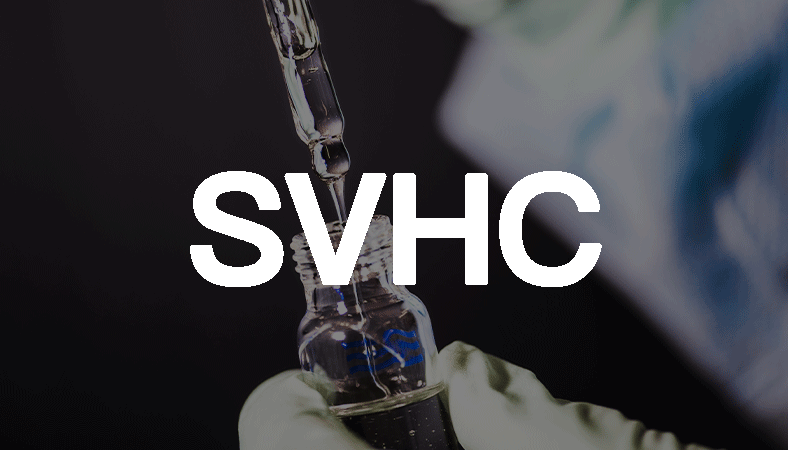
New update to Candidate List of Substances of Very High Concern (SVHCs)
On 17th January 2023, the ECHA (European Chemicals Agency) released the new Candidate List of SVHCs.
With the addition of 9 new substances, the current list of SVHCs now contains 233 substances.
See below a table indicating the latest substances addition:
# | Substance name | EC number | CAS number | Reason for | Examples of |
1 | 1,1'-[ethane-1,2- | 253-692-3 | 37853-59-1 | Very persistent and very bioaccumulative (Article 57(e)) | While the substance itself is not registered under REACH, identification as an SVHC can be seen as a measure to avoid future regrettable substitution |
2 | 2,2',6,6'-tetrabromo | 201-236-9 | 79-94-7 | Carcinogenic | As a reactive flame retardant and as an additive flame retardant in the manufacture of polymer resins, in products such as epoxy coated circuit boards, printed circuit boards, paper and textiles |
3 | 4,4'-sulphonyldiphenol | 201-250-5 | 80-09-1 | Toxic for reproduction (Article 57(c)); Endocrine disrupting properties (Article 57(f) – environment); Endocrine disrupting properties | In the manufacture of: pulp, paper and paper products, textile, leather or fur and chemicals |
4 | Barium diboron | 237-222-4 | 13701-59-2 | Toxic for reproduction | In paints and coatings |
5 | Bis(2-ethylhexyl) | -- | -- | Very persistent and very bioaccumulative (Article 57(e)) | As a flame retardant and as a plasticiser for flexible polyvinylchloride and for use in wire and cable insulation, film and sheeting, carpet backing, coated fabrics, wall coverings and adhesives |
6 | Isobutyl 4- | 224-208-8 | 4247-02-3 | Endocrine disrupting properties (Article 57(f) – human health) | In the manufacture of substances and in the following products: coating products, fillers, putties, plasters, modelling clay and inks and toners |
7 | Melamine | 203-615-4 | 108-78-1 | Equivalent level of concern having probable serious effects to human health (Article 57(f) – human health); | In polymers and resins, coating products, adhesives and sealants, leather treatment products, laboratory chemicals |
8 | Perfluoroheptanoic acid | -- | -- | Toxic for reproduction | While the substance itself is not registered under REACH, identification as an SVHC can be seen as a measure to avoid future regrettable substitution |
9 | reaction mass of | 473-390-7 | -- | Very persistent and very bioaccumulative (Article 57(e)) | Used in articles, by professional workers (widespread uses), in formulation or re-packing, at industrial sites and in manufacturing |
From 5 January 2021, if SVHC substances are present in an article placed on the EU market in a concentration above 0.1 % w/w, the EU supplier of that article needs to submit a SCIP notification to ECHA under the EU Waste Framework Directive (WFD, Directive 2008/98/EC) and its Amendment (EU) 2018/851.
From 30 October 2021, the SCIP notification obligation extends to EEA suppliers supplying articles in the EEA (European Economic Area) market (including Iceland, Liechtenstein and Norway), since the Amendment (EU) 2018/851 has been incorporated into the EEA Agreement and been in force. From 7 November 2022, the ECHA starts to accept SCIP notification from companies from Iceland, Liechtenstein and Norway.
ECHA’s Member State Committee confirmed the addition of these substances to the Candidate List. The Candidate List now has 233 entries – some are groups of chemicals so the overall number of impacted chemicals is higher.
These substances may be placed on the Authorisation List in the future. If a substance is on that list, its use will be prohibited unless companies apply for authorisation and the European Commission authorises them to continue its use.
Consequences of the Candidate List
Under REACH, companies have legal obligations when their substance is included – either on its own, in mixtures or in articles – in the Candidate List.
Suppliers of articles containing a Candidate List substance above a concentration of 0.1 % (weight by weight) have to give their customers and consumers information to be able to use them safely. Consumers have the right to ask suppliers whether the products they buy contain substances of very high concern.
Importers and producers of articles will have to notify ECHA if their article contains a Candidate List substance within six months from the date it has been included in the list (17 January 2023). Suppliers of substances on the Candidate List, supplied either on their own or in mixtures, have to provide their customers with a safety data sheet.
Under the Waste Framework Directive, companies also have to notify ECHA if the articles they produce contain substances of very high concern in a concentration above 0.1 % (weight by weight). This notification is published in ECHA’s database of substances of concern in products (SCIP).
Free Sample Report Performance Quality Control
Download a sample report to keep control of your supply chain!
Featured Articles
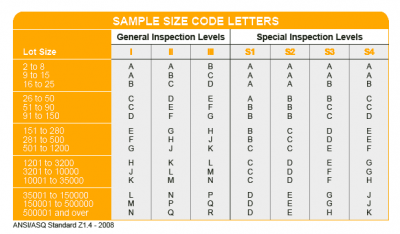 AQL Table | How to Read It
AQL Table | How to Read It TOP 10 Common Defects in Garments Quality Inspection
TOP 10 Common Defects in Garments Quality Inspection Product Packaging and Shipment Label requirements for Amazon FBA
Product Packaging and Shipment Label requirements for Amazon FBA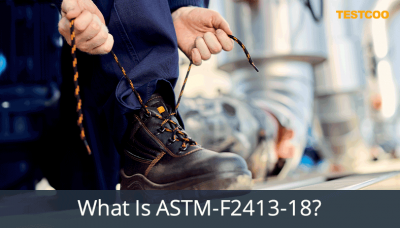 What Is ASTM-F2413-18? Protective Footwear Standard
What Is ASTM-F2413-18? Protective Footwear Standard How to Conduct Third-Party Quality Control Inspections for Electric Scooters
How to Conduct Third-Party Quality Control Inspections for Electric Scooters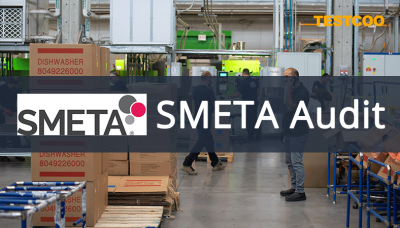 SMETA Audit-What is SMETA Audit?
SMETA Audit-What is SMETA Audit?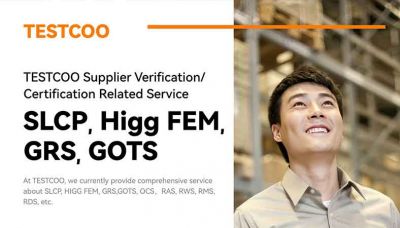 TESTCOO Supplier Verification/Certification Service SLCP, Higg FEM, GRS, GOTS
TESTCOO Supplier Verification/Certification Service SLCP, Higg FEM, GRS, GOTS Quality Control Inspection Company in China
Quality Control Inspection Company in China What is Quality Inspection? A Complete Guide
What is Quality Inspection? A Complete Guide Guidelines for Product Inspection in India
Guidelines for Product Inspection in India
Category
- Production Inspection Service
- Factory Audit
- Softline Inspection
- Hardline Inspection
- Electrics Inspection
- Certification
- Checklist
- Manufacturers
- Quality Assurance Basics
- Products Recall
- AQL
- Guidence and Standard
- News
- Supplier Management
- Amazon
- Protective Equipment
- e-commerce quality control
- Indian Manufacturing
- Soft Goods Quality Control
- Supply Chain Management
- Supply Chain Resilience
- E-Commerce Quality Control
- ISO 2859
- Supply Chain Optimization
- Garment Industry
- Higg Index



